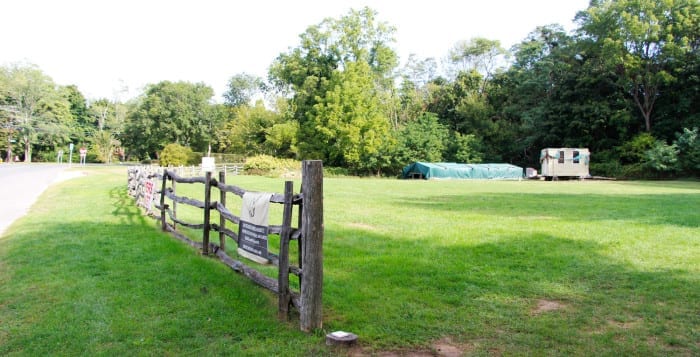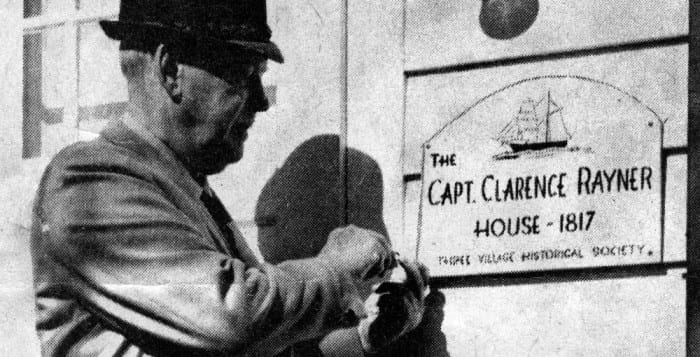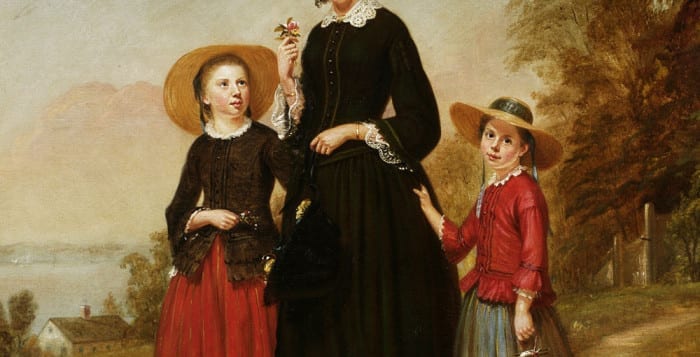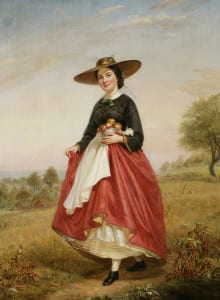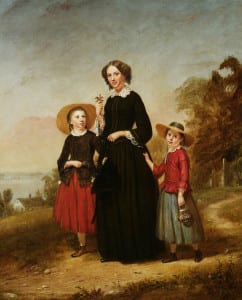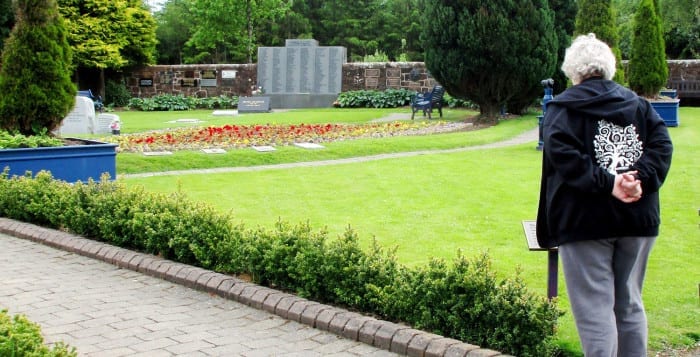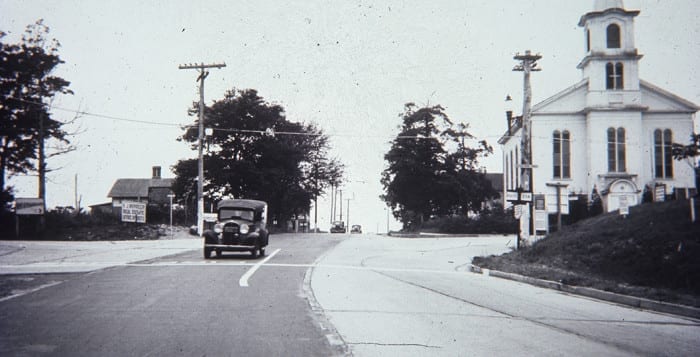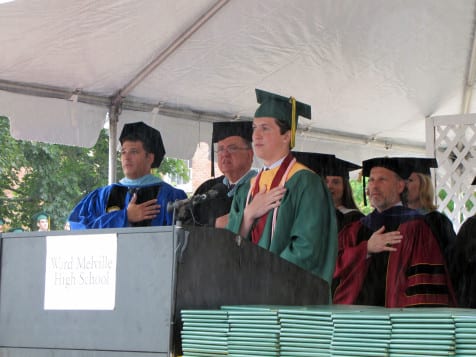It’s history in the making.
Brookhaven’s Three Village Historical Society is continuing its quest to preserve the town’s history and educate the community after the Town of Brookhaven’s meeting on Thursday Sept. 17, at 5 p.m.
That Thursday, the town established the Three Village Society’s Ebenezer Bayles/Stephen Swezey house in Setauket and the dismantled Dominick-Crawford Barn, which will be located nearby, as historic landmarks in Setauket. The goal isn’t only to establish these buildings as historic landmarks but also classify them as a museum where residents can visit and learn about the history behind the house and the barn.
But it may take some time before the society fulfills its goal. The society had the nearly 155- to 168-year-old Dominick-Crawford Barn dismantled as part of its Crawford Barn Renovation Project.
According to John Cunniffe of Stony Brook, the architect of this project, the Village of Old Field originally wanted to take the barn down and use the land. Cunniffe said the village received the deed for the property several years ago but it didn’t do anything with the property until it decided the barn was “in their way.”
“The barn was left in a neglected state for quite some time,” Cunniffe said. “So the Historical Society found some funding to pay a contractor to carefully dismantle [the barn]. So it was that or watch the barn be demolished.”
Cunniffe also said establishing the barn as a historic landmark was not only important because of the barn’s long history but also because there is a town code requirement to classify the barn as a museum as it will rest on a residential property.
According to Assemblyman Steve Englebright (D-Setauket) the Society for Preservation of Long Island Antiquities used to own the property where the barn and the house will be located. They used to have an auction out of the barn that was there at the time. When SPLIA moved its headquarters from the Ebenezer Bayles/Stephen Swezey house location in Setauket to Cold Spring Harbor, it took the barn that was there at the time.
The Dominick-Crawford Barn, which was located on the east side of the junction of Old Field Road and Quaker Path in the Village of Old Field before it was dismantled, will be located to the left of the Ebenezer Bayles/Stephen Swezey House parking lot.
Thus far Englebright has helped provide $625,000 in grants to help fund the project. He also said the organization has held fundraisers with the hope of collecting additional funds to pay for the project.
While the Crawford barn was built around 1847 to 1860, the house was built in 1800. Former President of the Three Village Historical Society Steven Hintze said the house is of great importance to the community’s history.
“It was built before [the] Civil War. And many of [those houses] haven’t lasted. They haven’t made it to this point due to neglect,” Hintze said. “We were able to see [the Ebenezer Bayles/Stephen Swezey house] was starting to fall to disrepair so we started to move.”
After SPLIA moved, the Three Village Historical Society left its old headquarters for its new one in the house. The Three Village Society was originally operating out of an upstairs room in a house before purchasing the Ebenezer Bayles/Stephen Swezey house on May 14, 1998.
Cunniffe was unsure how long it may take before the organization can reassemble the barn, as the town’s decision to make it a historic landmark is one of many steps in the approval process to put the barn back together near the Three Village Society’s headquarters. Regardless, the Three Village Society wants to continue giving back with the hope that the project will allow residents to learn more about the history of the house and the barn. It’s a desire that Englebright supports.
“They are doing a great job and as long as I can possibly support them, I’m going to continue to do so,” Englebright said. “They are making it possible for us to have an even stronger sense of place, and that’s at the core of what it means to be a part of a community.”

